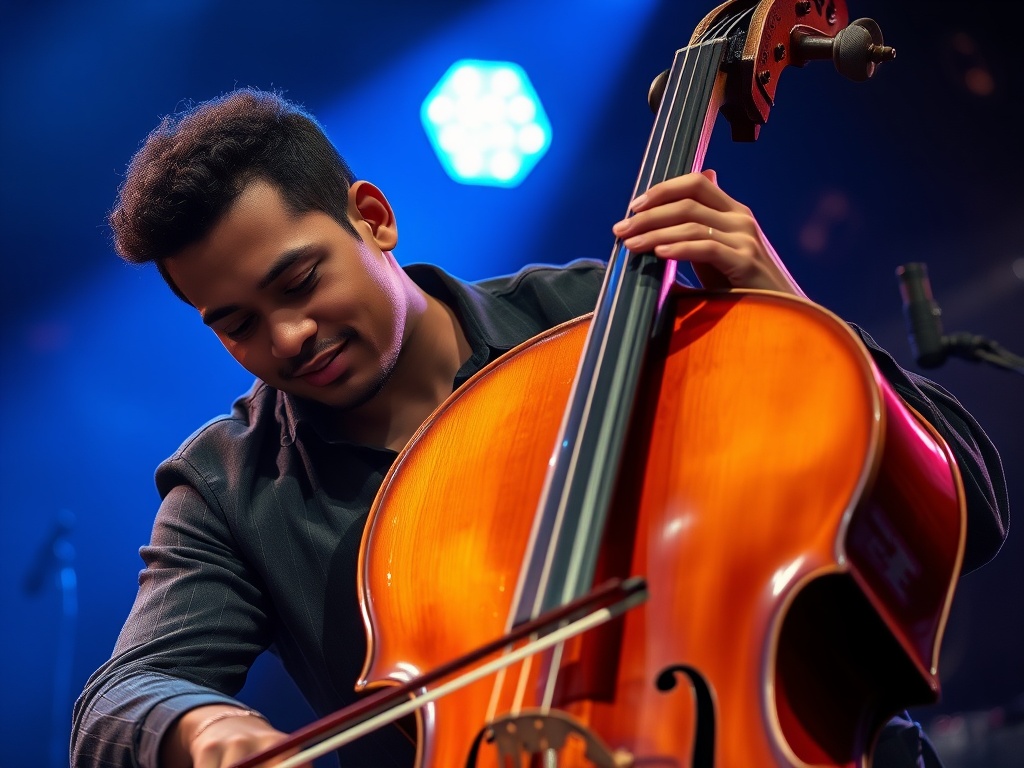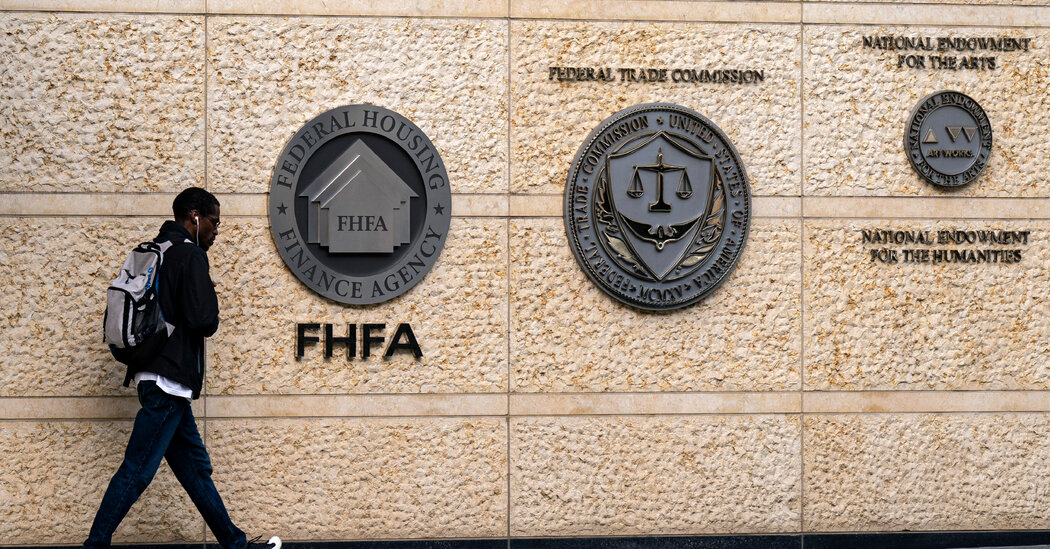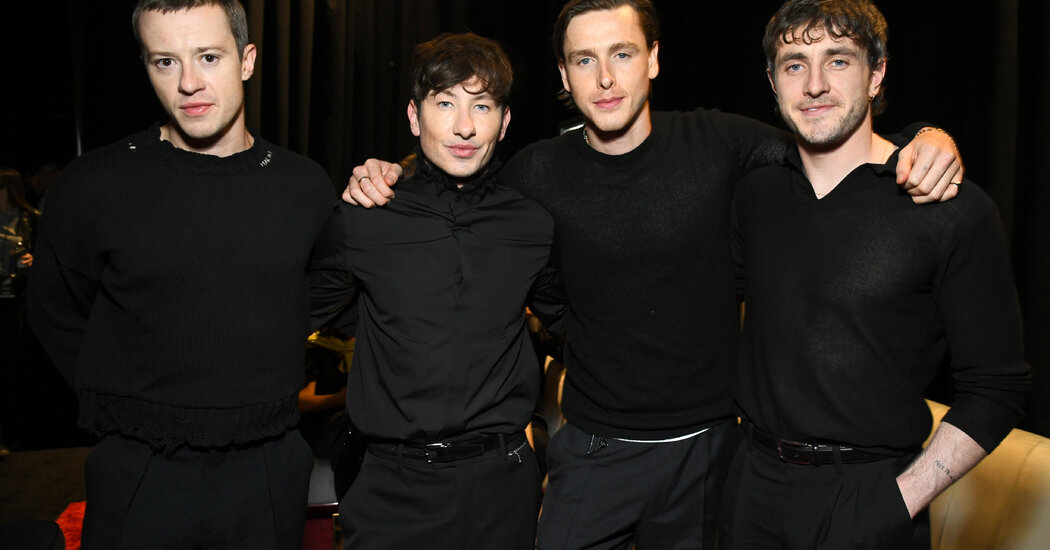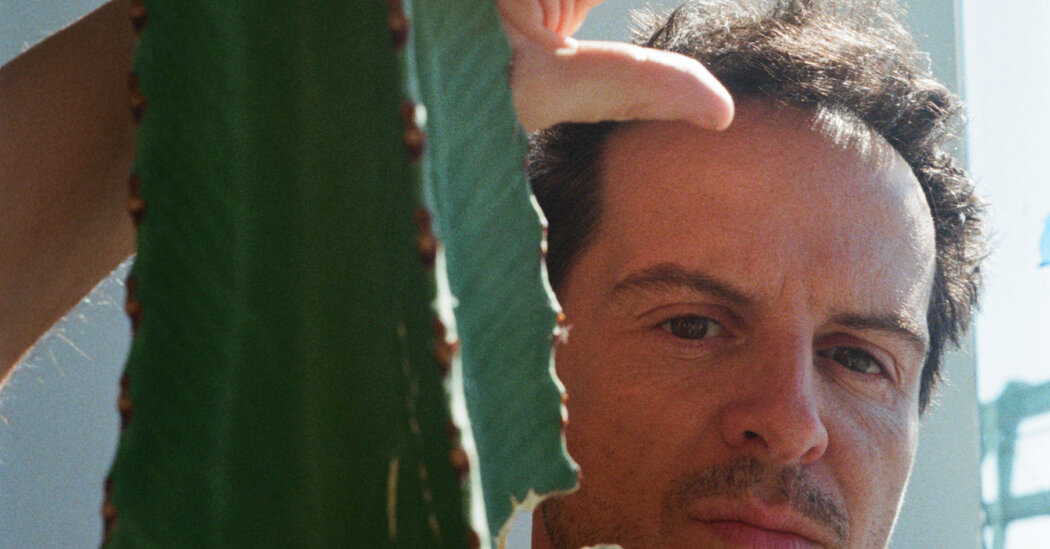The Enigmatic Abel Selaocoe: A Journey Through Sound
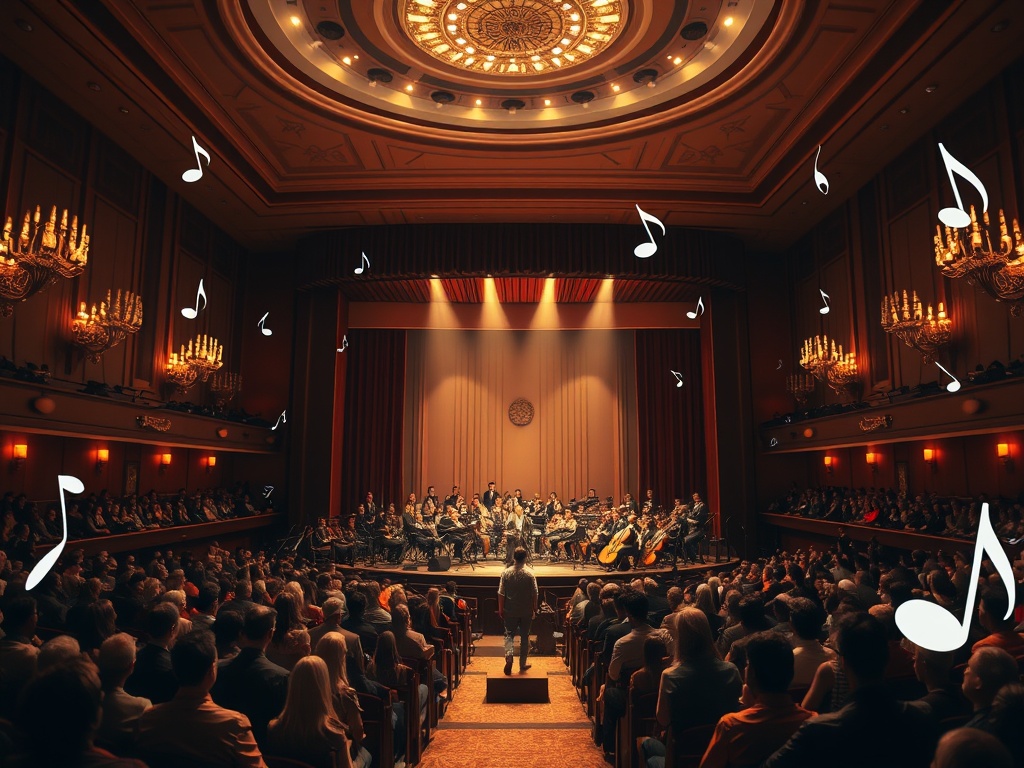
Abel Selaocoe is not just a cellist; he is a musical alchemist. On a vibrant stage in Camden, illuminated by neon lights and surrounded by an eager crowd, Selaocoe begins to play. Instantly, we are transported to a lush forest—bird calls echo, twigs snap underfoot, leaves whisper, and raindrops begin to fall. This is not the result of digital manipulation; rather, it is the result of Selaocoe’s extraordinary talent. The birds emerge as shimmering harmonics, twigs transform into resonant mouth percussion, while the cello’s wood sings under his touch, culminating in a cacophony of plucked strings that mimic the sound of rain. The audience is spellbound, captivated by his artistry.
With Selaocoe, each performance is an unpredictable adventure. It could evolve into a serene musical meditation or explode into a vigorous, rock-infused groove. The audience might find themselves singing along spontaneously, or they may be treated to a classical masterpiece. His debut album, Where Is Home (Hae Ke Kae), released in 2022, received critical acclaim but fell short of the No. 1 spot on the official classical charts due to its deviation from traditional Western norms. This album fused the works of Bach and Platti with fresh compositions influenced by South African and Tanzanian sounds, posing a profound musical question. Yet, Selaocoe’s latest offering, Hymns of Bantu, released just last week, is more decisive in its statement. “It’s more like a homecoming,” he reflects, “than a searching for home.”
Born and raised in Sebokeng, a township south of Johannesburg, Selaocoe’s journey with the cello began under unconventional circumstances. At the age of nine, he brought a cello home, loaned to him by a community project in Soweto, which bewildered his close-knit community. “For a while, everyone thought it was a guitar,” he recalls with a chuckle. “They just assumed I was playing it in a very peculiar manner!” Fast forward two decades, and Selaocoe has graced the stages of the world’s most prestigious concert halls, released an acclaimed debut album, and earned multiple prestigious awards, including the Royal Philharmonic Society, Paul Hamlyn, and Songlines awards. Yet, he remains true to his roots, proclaiming, “I’m definitely not a traditional musician.”
In today’s world, musical fusion is the norm. Genres like Afrobeats meld with R&B, country collides with pop, and classical music dances with everything from folk to rock and electronic sounds. However, even among this rich tapestry, Selaocoe defies classification. He possesses a warm, expressive sound that resonates deeply, and while he could have easily followed the path of a conventional soloist touring classical concertos, he chose to carve out a unique identity.
“You can only write and perform what you feel is true,” he explains. “I’m a product of all my influences; I wanted to amalgamate everything I’ve experienced and create from that place.” Today, during a Selaocoe performance, it is just as likely that you will hear him singing as playing. He often utilizes his cello for percussion, stepping away from conventional melody. While he still performs as a soloist with symphony orchestras, it is his own compositions that are increasingly taking center stage. This music is a vibrant mix of classical pieces, newly arranged works, compositions, and improvisations, often featuring a blend of Western and African instruments—even the occasional handmade instrument. “We didn’t have any proper African drums,” he shares about his latest album recording, “so we found some plastic bins, filled them with water, and experimented.”
We are speaking over Zoom on a chilly day, but Selaocoe, dressed for the weather, is outside, aiming to soak up whatever sunlight a UK winter can provide before he boards a plane to New York for his upcoming performances. He is currently on “daddy day-care duty” with his baby daughter while his partner, a British violist, rehearses.
His love for music was ignited not by a traditional upbringing, but by his older brother Sammy, who is now a professional bassoonist in South Africa. Sammy recognized the potential of classical music and traveled each Saturday to a specialist school in Soweto, where children from the townships shared instruments and lessons. Before Selaocoe had the rare opportunity to own his own cello, it was Sammy who sketched four lines representing the cello’s strings on paper, assisting Abel in practicing with a broom handle as a makeshift bow.
Later, the brothers would pack themselves into a train so crowded that Selaocoe often had to collapse the bridge supporting the strings and unscrew the metal spike at the cello’s bottom for safety. “It was so tight that I feared I’d accidentally stab someone! But we had an incredible time; we knew we were pursuing our dreams.” Selaocoe’s scholarship to St John’s College, often referred to as “Johannesburg’s Eton,” marked another significant leap. At just 13, he faced a culture shock, navigating a new world while grappling with English and the weight of representing his family’s future. His brother’s words echoed in his mind: “Your mistakes cost so much more than theirs.”
However, it was at Manchester’s Royal Northern College of Music, at the age of 18, that Selaocoe truly began to carve out his musical identity. Surrounded by a plethora of talented cellists eager to master the same classical concertos, he chose a different path: to write and perform his own pieces. This creative spirit is what drives his second album, which aims for a seamless blend rather than a mere dialogue between diverse musical worlds. “I sought to celebrate the myriad forms of prayer,” Selaocoe explains, “to highlight the connection that binds us all.” He endeavored to intertwine hymns from his South African upbringing with classical music, allowing them to coexist naturally within the same space.
The result is a disorienting yet captivating experience, akin to dropping a Bach Cello Suite into a bowl of water and watching the colors swirl and merge into unexpected patterns. While some tracks honor traditional hymns—like the lively “Emmanuele” and the gentle “Tsohle, Tsohle”—most are more abstract in nature. The unifying theme throughout is community and the power of collective song. “Singing a hymn alone feels different, you know?” Selaocoe asserts. This theme resonates deeply with his upbringing in Sebokeng, where no one embarks on a journey without a song to accompany them. “Not just casual trips to the store,” he clarifies, “but significant journeys. It’s our way of expressing gratitude—a prayer or blessing.”
Such a communal approach to music contrasts sharply with the Western classical tradition, where perfection often reigns supreme, and the art form is treated with a reverence that deters many from engaging with it. Selaocoe nods in agreement. “Music should be accessible to everyone. I have immense respect for amateur musicians; they perform out of passion. While we dedicate time to hone our skills, music is fundamentally something we all can enjoy. It’s like air—we don’t need a scientific understanding of it to breathe.”
While the UK provided Selaocoe with an environment to assert himself on his own terms—“For the first time, it was simply about excellence rather than race. If you excel, the doors are open; come on in!”—the situation was markedly different in South Africa, where entering the culturally elite world of classical music was anything but guaranteed. “Playing classical music in the township was quite unusual, almost a form of protest: art for everyone! We challenged the notion that it wasn’t meant for us.”
Currently, statistics reveal that only two percent of the UK’s orchestral musicians come from ethnic minorities, and a mere four percent of music performed in concert halls globally is composed by minority artists, who receive only six percent of classical commissions. What would Selaocoe propose to change these figures? “I always refer back to the South African philosophy of ‘each one teach one’: once you’ve mastered something, it’s your duty to pass it on. I believe that professional black musicians have a responsibility to reach back and uplift others.”
With the release of his new album, Selaocoe seems poised at a pivotal juncture—a fresh declaration of his musical vision and a shift away from classical music as it has traditionally been understood. “It’s becoming increasingly difficult,” he admits, “to prioritize classical pieces over my own music. I tend to choose music not solely because it’s beautiful or esteemed but because I want it to have a social impact. This is a vital direction for classical music. We need to consider: why do we play it? How can it inspire change?”
Abel Selaocoe’s album ‘Hymns of Bantu’ is available now.
